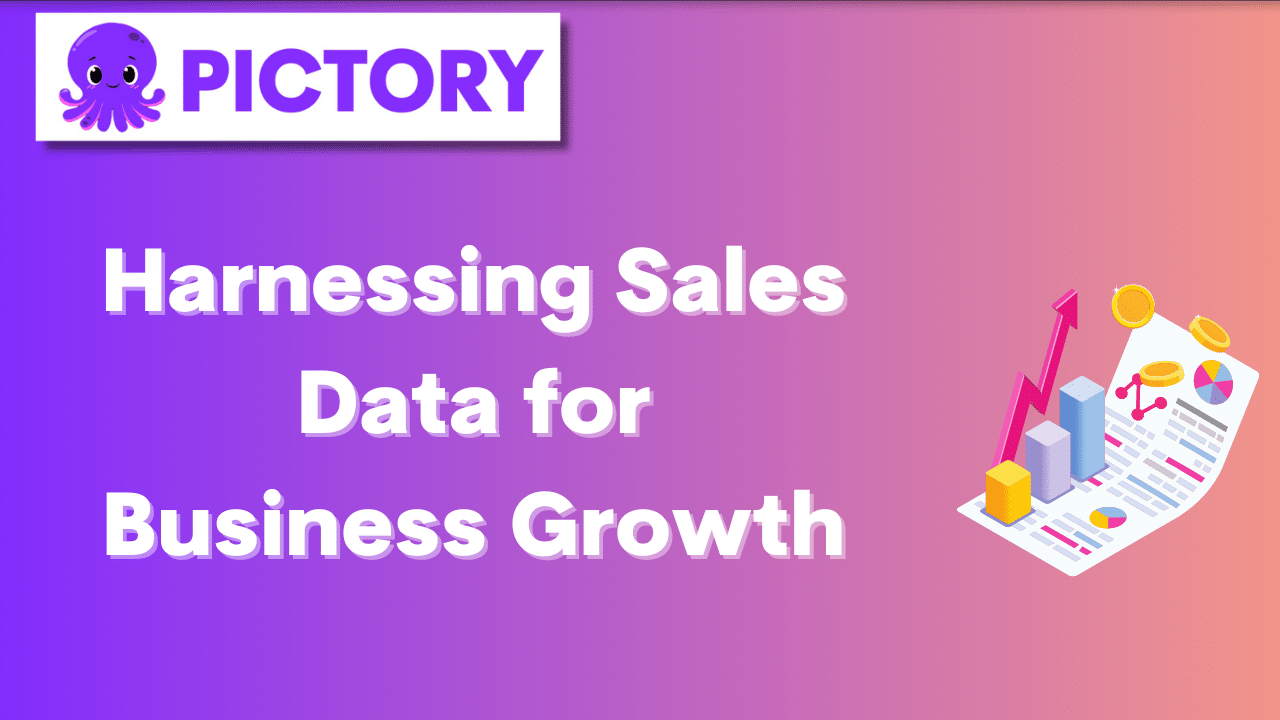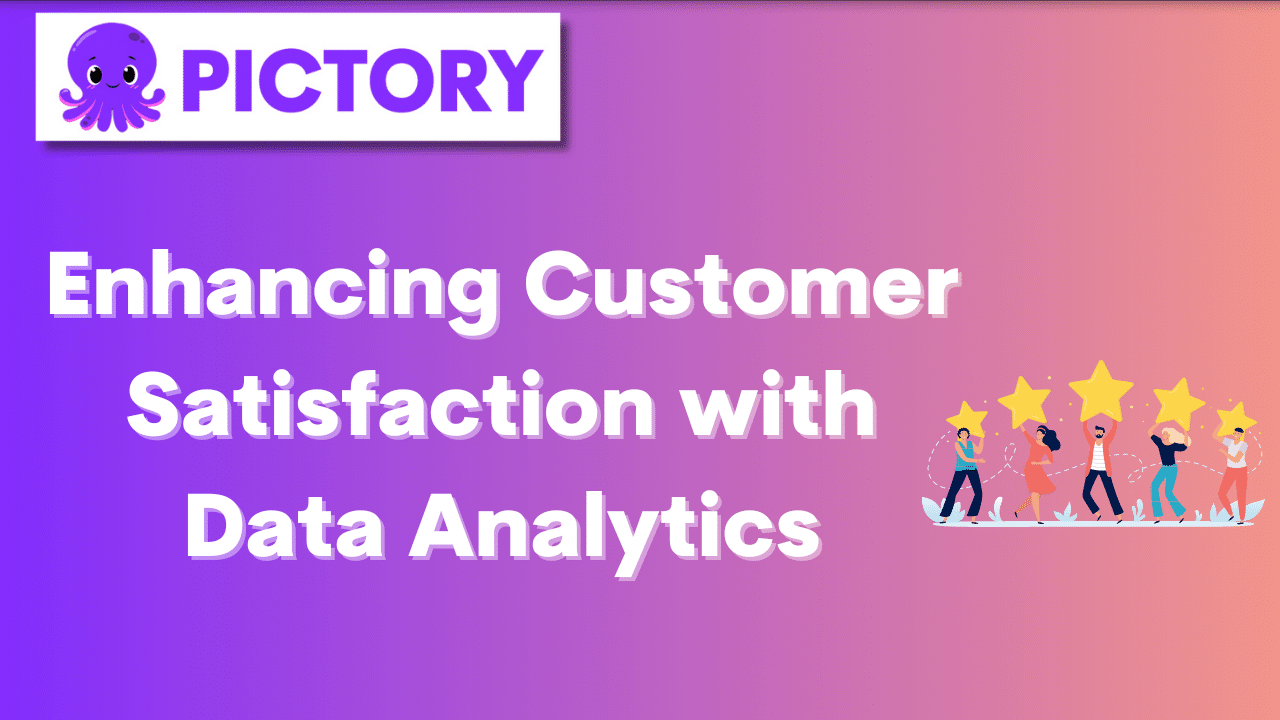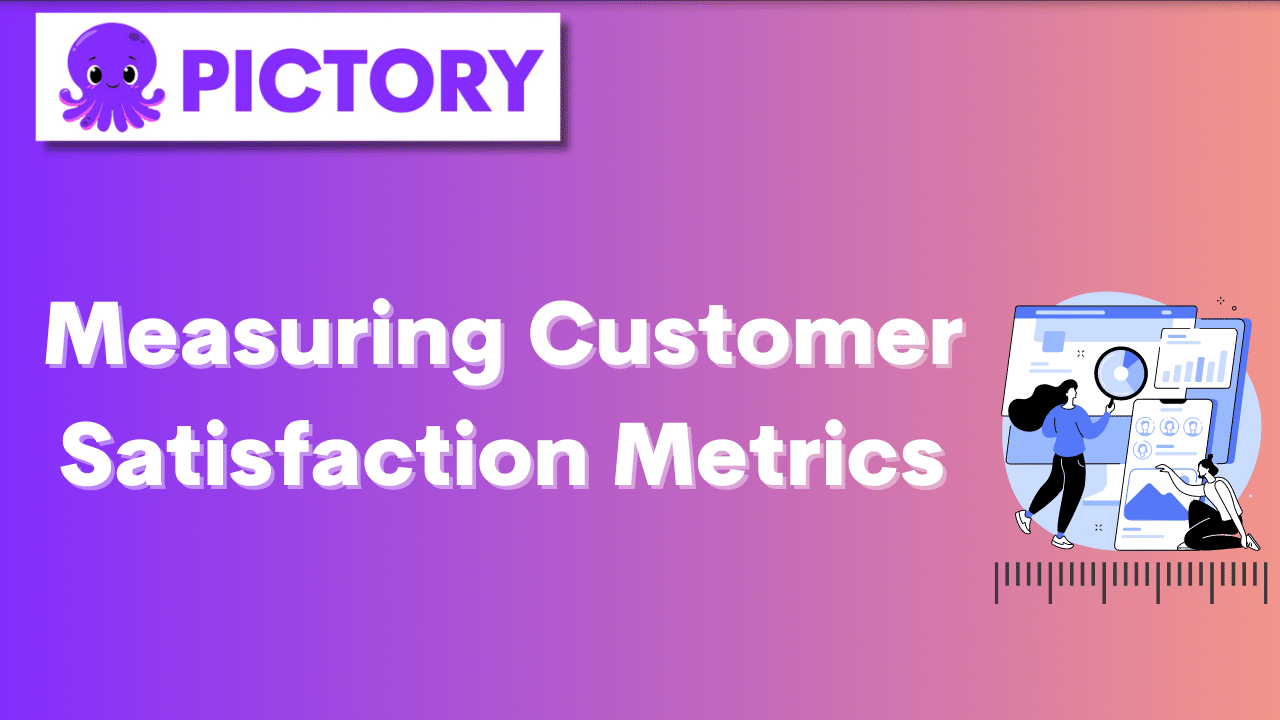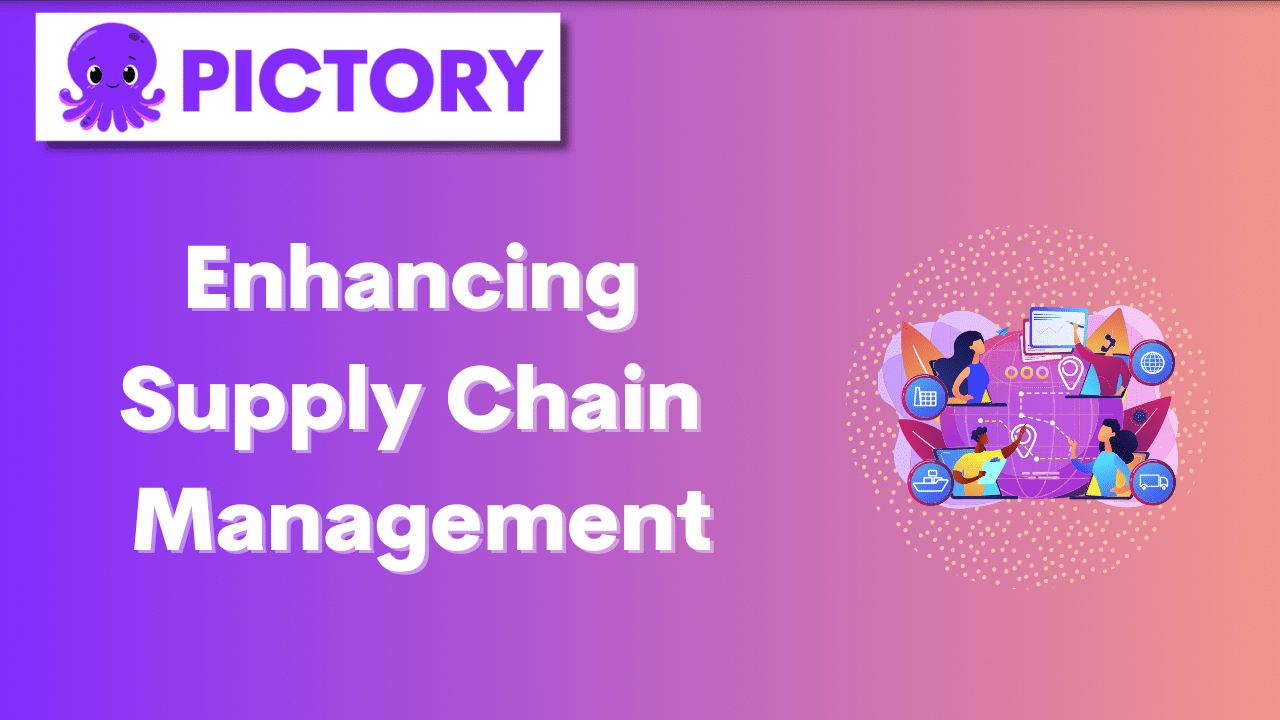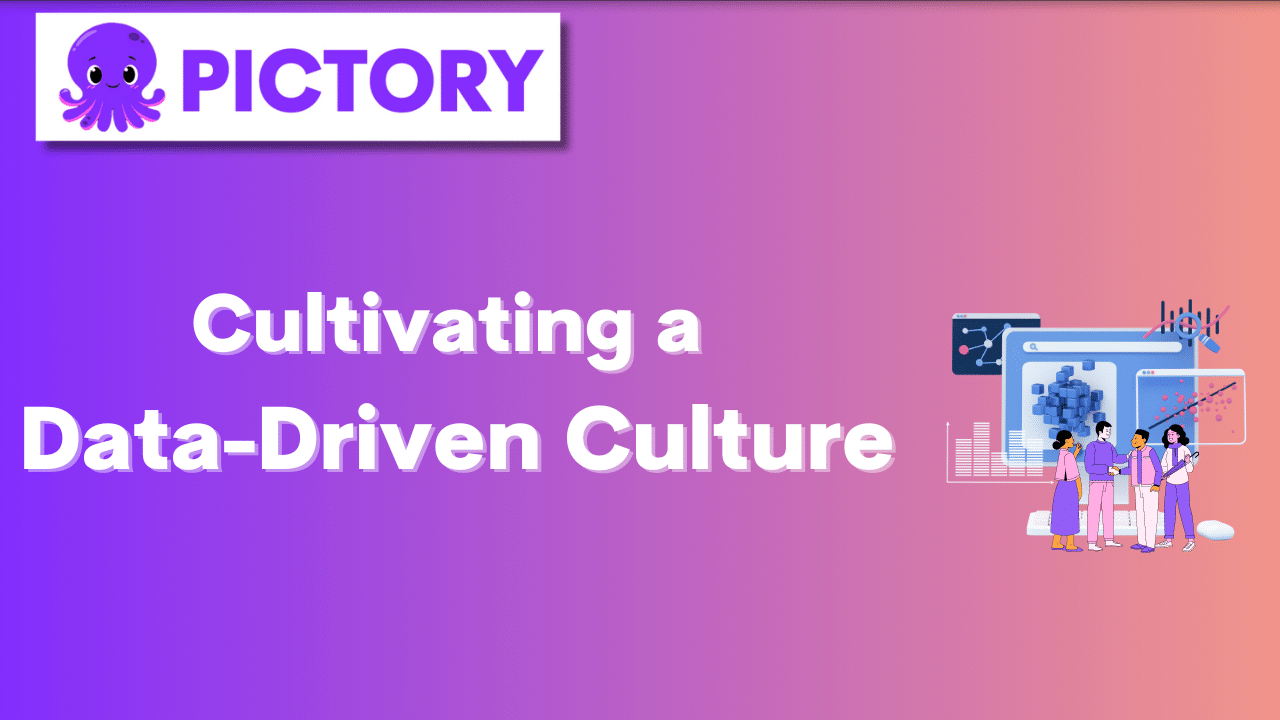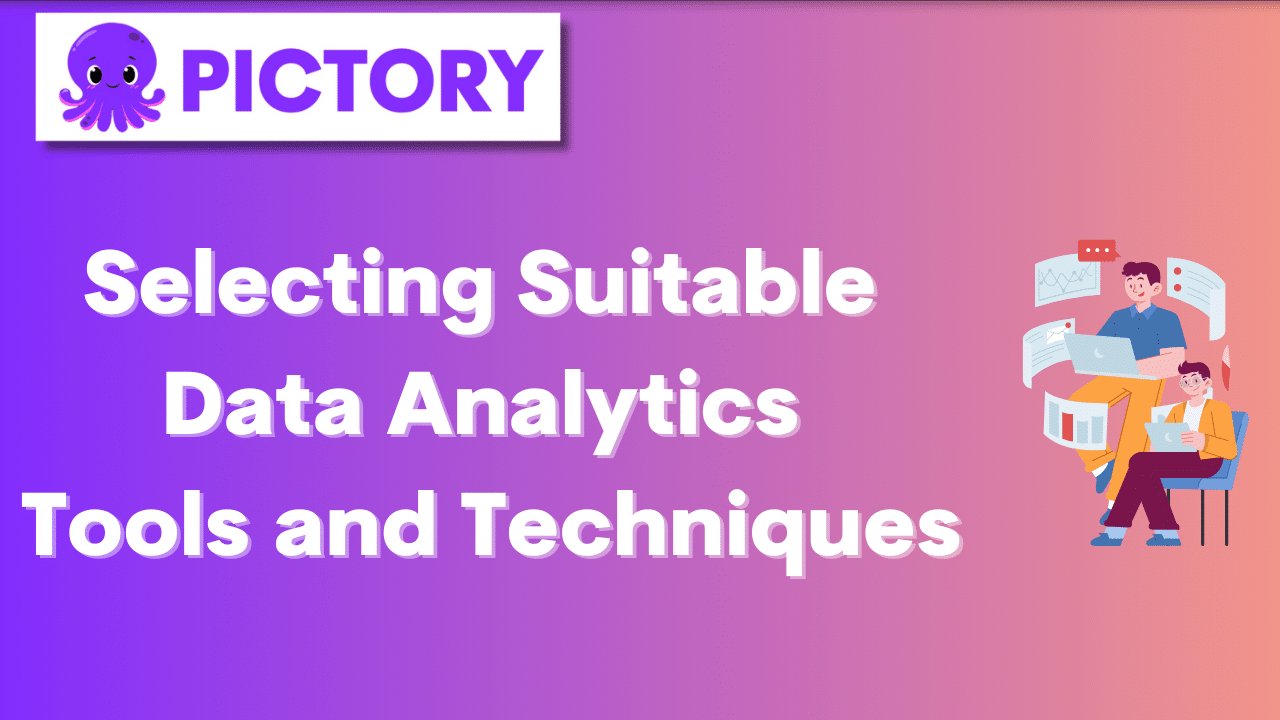Imagine a world where your business operates seamlessly, capitalizing on data-driven insights to enhance customer satisfaction, streamline operations, and boost revenue.
That world can be a reality for those who embrace the power of data analytics.
In this blog post, we’ll explore “how can I use data to improve my business?” and take you on a journey through 20 ways data can revolutionize your business in 2023.
Short Summary
-
Harness sales data and analyze customer segments to identify trends, refine strategies, target customers, and gain a competitive advantage.
-
Leverage data insights to personalize customer experiences & streamline support for increased satisfaction & loyalty.
-
Implement predictive maintenance techniques and select suitable analytics tools/techniques for reliable decision making.
Harnessing Sales Data for Business Growth
Data analytics has transformed the way businesses approach growth, enabling them to use data, harnessing sales data for identifying trends, refining strategies, and targeting high-value customers.
Successful digital-first companies like Uber, Netflix, and Google have mastered the art of utilizing customer data to monitor the usage of their products and make modifications accordingly.
Data scientists play a crucial role in analyzing complex data sets and providing actionable insights for businesses to capitalize on potential revenue opportunities.
Data-driven marketing campaigns, for example, can help establish key performance indicators, collect descriptive data, and assess campaign results to pinpoint areas of strength and weakness.
By unlocking the power of data analytics, businesses can gain a competitive advantage and drive growth.
Analyzing Customer Segments
To deliver tailored experiences that resonate with your customers, it’s essential to analyze customer segments.
Machine learning can enhance performance in various areas, including anticipating customer requirements, optimizing inventory systems, and minimizing manual data processing errors.
Through leveraging data analytics, businesses can understand the unique needs and preferences of different customer groups, leading to higher satisfaction and loyalty.
Identifying the problem before launching a data analytics project is a crucial step in ensuring success and generating new growth opportunities.
Having a clear understanding of the information requested when utilizing data analytics is essential for maximizing the potential of your data.
If they analyze customer segments, businesses can tailor marketing efforts, products, and services to meet the specific needs of different groups, ultimately driving customer satisfaction and loyalty.
Optimizing Pricing Strategies
Optimizing pricing strategies through data analysis can help businesses strike the right balance between profitability and customer satisfaction, ultimately maximizing revenue and market share.
Value-based, competition-based, cost-plus, and dynamic pricing are just a few of the strategies available.
By leveraging data analysis to assess customer demand and pricing trends, businesses can effectively adjust their pricing strategies to maximize revenue and market share.
Data analytics can also provide insight into which products are most profitable, enabling businesses to adjust their inventory and pricing strategy accordingly, and thus realize cost savings and optimization.
To achieve this, businesses need to collect data from various sources and analyze it effectively.
The end result? A finely-tuned pricing strategy that drives both customer satisfaction and business growth.
Identifying Cross-Selling and Upselling Opportunities
Cross-selling and upselling are powerful tactics for increasing customer lifetime value and boosting overall sales.
Cross-selling involves offering customers products that are related to or complementary to what they are already purchasing, while upselling encourages customers to purchase a higher-priced item or add-on.
By leveraging data analytics to identify customer buying patterns, preferences, and trends, businesses can uncover potential cross-selling and upselling opportunities.
For example, providing customers with a bundle of products at a discounted rate can be an effective cross-selling strategy.
Offering a complimentary product or service when customers purchase a specific item is another approach that can encourage upselling.
Identifying and capitalizing on cross-selling and upselling opportunities allows businesses to enhance customer lifetime value, augment overall sales, and heighten customer satisfaction.
Enhancing Customer Satisfaction with Data Analytics
Customer satisfaction drives loyalty, and data analytics can play a vital role in improving it.
Customer data like purchase history, preferences, and feedback help businesses understand their customers’ needs and preferences better.
Analyzing this data gives a more comprehensive view of customer behavior.
Addressing customer pain points and delivering personalized experiences that exceed expectations can greatly enhance customer satisfaction.
Companies have access to a wealth of data, including internal customer interactions, transactions, and profiles, as well as third-party data sets providing insight into customer attitudes, purchase behaviors, preferences, and digital behaviors.
When leveraging data successfully, businesses can not only improve customer satisfaction, but also identify areas for improvement in their operations.
The result is a win-win situation where both customers and businesses benefit from data-driven insights.
Personalizing Customer Experiences
Personalization is a powerful tool for driving customer engagement, loyalty, and repeat business.
With data-driven insights, businesses can craft personalized experiences tailored to each individual customer.
This may include personalized emails, targeted ads, and individualized offers. By recognizing customer preferences and behaviors, businesses can create customized experiences that resonate with their audience.
Data analytics can help businesses accurately identify target audiences and existing customers, and create content tailored to each individual customer.
Monitoring customer engagement and loyalty can provide valuable insights that can be used to construct even more personalized experiences, further deepening the customer relationship.
The end result is increased customer loyalty and repeat business, driving growth and success for the organization.
Streamlining Customer Support
Streamlining customer support with data analytics can help businesses identify common issues, improve response times, and enhance overall customer satisfaction.
Businesses can optimize their customer support operations by utilizing multiple contact methods, automating common processes, and analyzing performance metrics.
Implementing AI and machine learning can also assist in rapid identification and resolution of customer inquiries.
Improving customer satisfaction can be achieved through providing clear and concise communication, establishing customer service standards, developing self-help guides and portals, and utilizing modern communication methods such as live chat.
By streamlining customer support, businesses can not only improve customer satisfaction, but also identify areas for improvement in their operations, leading to overall business growth.
Measuring Customer Satisfaction Metrics
Measuring customer satisfaction metrics through data analysis enables businesses to track performance, identify areas for improvement, and make data-driven decisions to enhance customer experiences.
Analyzing the outcomes of customer interactions and feedback means businesses can gain valuable insights into the effectiveness of their customer service and support efforts.
Successful companies like Netflix have mastered the art of utilizing data-driven business strategies to continually improve their products and services.
Through monitoring customer satisfaction metrics, these businesses can identify trends, detect areas of weakness, and implement strategies to continually improve their customers’ experiences.
The result is a loyal customer base that drives long-term success.
Improving Business Operations through Data-Driven Decisions
Data-driven decisions can lead to significant improvements in business operations, including identifying inefficiencies, optimizing processes, and implementing data-backed strategies for continuous improvement.
Leveraging data analysis to assess customer demand, pricing trends, and other factors allows businesses to effectively adjust their strategies to improve business performance, maximize revenue, and market share.
Data analytics is a powerful tool for businesses.
It can support human resources managers, guide marketing teams and improve business operations in multiple ways.
Additionally, it can assist in identifying potential risks, evaluating their effect, and weighing the financial and strategic implications against the investment to manage related risks.
By unlocking the power of data analytics, businesses can make informed decisions that drive success.
Identifying Process Inefficiencies
Identifying process inefficiencies through data analysis can help businesses streamline operations, reduce costs, and enhance overall productivity.
Data analysis from customer feedback, employee surveys, and financial reports can be used to identify process inefficiencies. Additionally, process mapping can provide insight into areas of inefficiency.
Process inefficiencies can be addressed through the implementation of automation, streamlining, and centralization.
Furthermore, process mapping can be utilized to pinpoint areas of inefficiency and propose modifications to optimize the process.
eliminating process inefficiencies, businesses can not only improve their operations, but also identify areas for improvement in their operations, leading to overall business growth.
Enhancing Supply Chain Management
Enhancing supply chain management with data analytics enables businesses to optimize inventory levels, reduce lead times, and improve supplier relationships for increased efficiency and cost savings.
By leveraging data analysis to analyze historical data and identify trends and patterns in inventory levels, businesses can more accurately forecast future demand and adjust inventory levels accordingly.
Data analytics can also be used to pinpoint areas of the supply chain that are causing delays, allowing for the implementation of strategies that will reduce lead times and enhance the efficiency of the supply chain.
By evaluating supplier performance and pinpointing areas for enhancement, businesses can cultivate more effective relationships with their suppliers and ensure that they are obtaining the most value for their expenditure.
Implementing Predictive Maintenance
Implementing predictive maintenance through data analysis can help businesses minimize downtime, reduce maintenance costs, and extend the life of equipment and machinery.
Predictive maintenance involves using data analysis tools and techniques to identify abnormalities in operations and potential defects in equipment, in order to prevent equipment failure and downtime.
The use of machine learning, artificial intelligence, statistical analysis, and predictive analytics in predictive maintenance can further enhance its effectiveness.
By implementing predictive maintenance, businesses can not only minimize downtime and reduce costs, but also ensure the longevity and optimal performance of their equipment and machinery.
Empowering Business Leaders with Data Science
Empowering business leaders with data science involves providing them with the tools, knowledge, and insights needed to make informed, data-driven decisions that drive business success.
Professionals with a Master of Science in Business Analytics are equipped to assist in addressing the most intricate business issues through the use of advanced data analysis techniques and tools.
Businesses are creating comprehensive big data strategies to ensure their employees have the necessary skills and use the appropriate data science technologies.
Employing data science for future development has the potential to reveal opportunities, forecast results, and optimize performance.
By empowering business leaders with data science, businesses can unlock the full potential of their data and drive long-term success.
Developing Data-Driven Business Strategies
Developing a data-driven business strategy involves using data insights to inform decision-making, identify opportunities, and mitigate risks for long-term success.
By interpreting data and leveraging it to arrive at informed conclusions, businesses can make data-driven decisions that lead to advantageous business results.
Data-driven businesses are significantly more likely to acquire new customers and retain them compared to other businesses.
Research has indicated that data-driven companies have an average annual growth rate of more than 30%.
By developing data-driven business strategies, organizations can unlock the full potential of their data and drive long-term success.
Encouraging Collaboration between Data Analysts and Decision-Makers
Collaboration between data analysts and decision-makers is essential to ensure that data insights are effectively conveyed and leveraged for strategic decision-making.
By working in tandem to evaluate data, recognize trends, and formulate judgments that align with the organization’s objectives, data analysts and decision-makers can maximize the value of data analytics.
Successful collaboration between data analysts and decision-makers can be seen in the use of data to inform product development decisions, optimize marketing campaigns, and improve customer service.
By fostering collaboration between data analysts and decision-makers, businesses can ensure that data insights are effectively communicated and utilized for strategic decision-making.
Cultivating a Data-Driven Culture
Cultivating a data-driven culture involves fostering a mindset that values data, encourages data literacy, and promotes data-driven decision-making throughout the organization.
By understanding the characteristics of different types of data and selecting the most suitable one, businesses can enhance their decision-making processes and drive growth.
It is estimated that 463 exabytes of data will be created each day by 2025.
By cultivating a data-driven culture, businesses can unlock the full potential of their data and drive long-term success.
With the power of data analytics at their disposal, organizations can make informed decisions that lead to advantageous business results, driving growth and success in an increasingly competitive landscape.
Collecting and Managing Data for Business Success
Collecting and managing data for business success involves identifying relevant data sources, implementing effective data collection methods, and ensuring data quality and accuracy.
By understanding the type of data that is available to the business and assessing the potential value of proper utilization, businesses can make more informed decisions and drive growth.
By leveraging data analytics, businesses can convert unstructured data into informative business intelligence and enhance business performance. Data preparation is an indispensable step for constructing reliable and precise models.
By collecting and managing data effectively, businesses can unlock the full potential of their data and drive long-term success.
Choosing the Right Data Collection Methods
Choosing the right data collection methods is crucial for obtaining accurate, reliable, and actionable insights that can drive business improvement.
When selecting the appropriate data collection methods, it is important to consider factors such as the research goal, scope of the study, sample size, type of data, time, user-friendliness to the subjects, and research approach.
Some examples of data collection methods include surveys, interviews, focus groups, observation, experiments, and secondary data analysis.
By choosing the right data collection methods, businesses can ensure that they are obtaining accurate, reliable, and actionable insights that can drive business improvement and long-term success.
Ensuring Data Quality and Accuracy
Ensuring data quality and accuracy involves implementing data validation processes, addressing data inconsistencies, and maintaining data integrity for reliable decision-making.
Data validation processes may include tests for accuracy, completeness, consistency, and validity. Regular audits of data, implementation of data quality control measures, and utilization of data governance tools can help maintain data integrity.
Verifying data integrity is essential, as any conclusion drawn from inaccurate data will not be reliable.
By ensuring data quality and accuracy, businesses can make informed decisions that lead to advantageous business results, driving growth and success in an increasingly competitive landscape.
Selecting Suitable Data Analytics Tools and Techniques
Selecting suitable data analytics tools and techniques involves evaluating the specific needs of the business, considering the available data, and choosing the most appropriate tools for generating actionable insights.
Analyzing data is important to recognize the data accessible to your business and the potential value of proper utilization.
Examples of data analytics tools and techniques include machine learning, artificial intelligence, statistical analysis, and predictive analytics.
By selecting suitable data analytics tools and techniques, businesses can unlock the full potential of their data and drive long-term success, making data-driven decisions that lead to advantageous business results.
Summary
In conclusion, harnessing the power of data analytics can revolutionize the way businesses operate, driving growth and success in an increasingly competitive landscape.
By implementing data-driven strategies and fostering a data-driven culture, businesses can unlock the full potential of their data and make informed decisions that lead to advantageous business results.
Embrace the power of data analytics, and watch your business soar to new heights.
Frequently Asked Questions
How we can use data to drive business growth?
Data is a powerful asset for businesses today, and understanding how to use it effectively can be the difference between success and failure.
To utilize data to drive business growth, you must have a clear understanding of your key performance indicators (KPIs), gather and analyze relevant data, and then use those insights to make informed decisions about your strategy and operations.
By understanding your KPIs, you can identify which data points are most important to track and measure.
You can then use this data to inform decisions about how to optimize your operations, develop new products and services.
How does data provide business value?
Data provides business value by informing decisions related to marketing, product development, customer service, and operations.
By understanding the customer base, companies can use data to better target their promotions and provide tailored experiences.
Additionally, data-driven insights help organizations optimize their processes for cost-savings and improved efficiency.
In summary, data plays a key role in helping businesses make informed, profitable decisions.
Why is data useful in small businesses?
Data is incredibly useful to small businesses, as it helps them make better-informed decisions.
It enables them to effectively analyze customer behavior, target the right markets, identify areas of improvement, and ultimately make smarter decisions that can lead to increased profits.
Data also enables small businesses to optimize their operations and maximize efficiency.
How can data solve business problems?
Data can help solve business problems by providing insights that enable informed decisions to be made.
By leveraging existing data, organizations can better understand customer needs and make smarter decisions that drive efficiency and optimize processes.
And with data-driven insights, businesses can improve operational performance, uncover new opportunities, and remain competitive in the marketplace.
What is the importance of using sales data for business growth?
Analyzing sales data is essential for understanding a business’s strengths and weaknesses, as well as informing decisions on product development and marketing.
Through careful analysis of the data, businesses can maximize growth potential and drive profits.
If you found this article helpful, why not read our guide on How To Use Social Media Data to Increase Your Brand Reach


